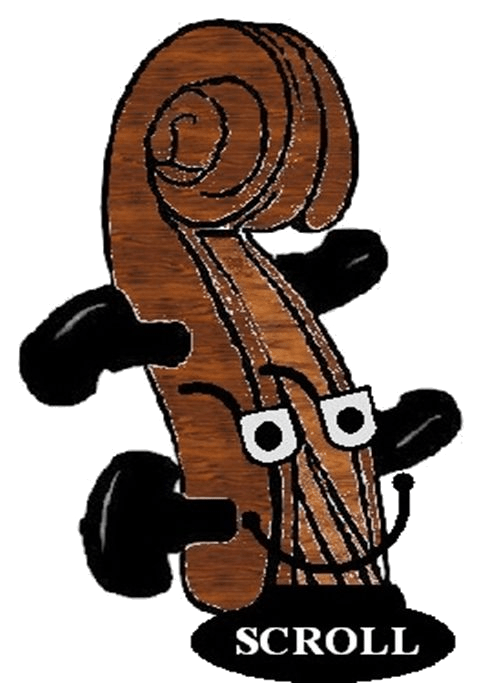A BRIEF HISTORY OF RHYTHM
The history of Rhythm is fascinating!

The word Rhythm comes from the Greek word, “Rhythmos,” meaning any regular recurring motion. Rhythm also has origins from another Greek word, “Rheîn,” meaning to flow.
The origins of the word rhythm describe it perfectly!
Rhythm is recurring motion that flows. Rhythm is the music’s pulse.
Rhythm is a recurring pattern of accents: OOM-pah-pah, OOM-pah-pah, OOM-pah-pah or LEFT right, LEFT right, LEFT right. Just as seconds are the pulses within the span of a minute, rhythm defines and measures the pulses in music. Rhythm involves the timing of musical sounds and silences.
Rhythm is the most fundamental layer of music. Music depends on rhythm, since without it, melody could not exist. For eons humans have used rhythmic drumming as a means of communication.
Patterns of pulses have the power to bring an orchestra together. Rock bands rely on rhythm to play together, and these patterns — rhythm — have the power to get people moving and dancing.
There is rhythm to our heartbeats and rhythm to the moon’s cycles, which regulate the rhythm of the ocean’s tides.

The symmetry of the cycles of time, such as hours, minutes, seasons, years, and the motions of the planets, all are excellent examples of rhythm in our lives.
Our spoken words and poetry use rhythm patterns. All languages use rhythm, since words have syllables, which create a flow to the words.
Poets employ rhythmic patterns in order to enhance the meaning of their words and to establish the rhythm of their poetry.

Meet Cal Universal Language Rhythm Notation Music Staff Origins of the Staff
Rhythm Laboratory Notation Parts Note Heads Stems Beams Flags Note Construction
Common-Time Measures Bar-Lines Counting in Common-Time Whole, Half and Quarter Notes
Ties Dots Time-Signatures Q’s Rhythm Review Time-Signature Rules Beat Accent
Down-Beat and Up-Beat Conducting Patterns Cut-Time Common-Time Beat Emphasis
Three-Beat Measures Note Values Rhythm Workouts The ‘Cycle’ Note Equivalents
Counting Sub-Divisions “If You Can Say It, You Can Play It” Author’s Story Sub-Division Lingo
Quarter Notes with Eight Notes Adding Sixteenth Notes Notes Sharing Beams Beam Awareness Pointers
Triplets Triplet Workout Compound-Time Compound-Time Workout Music Rests
Rest and Note Equivalents Whole Rest Half Rest Quarter Rest Eighth Rest Sixteenth Rest
Dotted Rests Q’s Rest Review Process of Sub-Division Relating Rests to Notes Rhythm Exam Prep
Level 1 Rhythm Exam Level 2 Rhythm Exam Level 3 Rhythm Exam
Rhythm Laboratory Notation Parts Note Heads Stems Beams Flags Note Construction
Common-Time Measures Bar-Lines Counting in Common-Time Whole, Half and Quarter Notes
Ties Dots Time-Signatures Q’s Rhythm Review Time-Signature Rules Beat Accent
Down-Beat and Up-Beat Conducting Patterns Cut-Time Common-Time Beat Emphasis
Three-Beat Measures Note Values Rhythm Workouts The ‘Cycle’ Note Equivalents
Counting Sub-Divisions “If You Can Say It, You Can Play It” Author’s Story Sub-Division Lingo
Quarter Notes with Eight Notes Adding Sixteenth Notes Notes Sharing Beams Beam Awareness Pointers
Triplets Triplet Workout Compound-Time Compound-Time Workout Music Rests
Rest and Note Equivalents Whole Rest Half Rest Quarter Rest Eighth Rest Sixteenth Rest
Dotted Rests Q’s Rest Review Process of Sub-Division Relating Rests to Notes Rhythm Exam Prep
Level 1 Rhythm Exam Level 2 Rhythm Exam Level 3 Rhythm Exam



